Head-To-Head: Apple iPhone 5S Vs. Samsung Galaxy S4
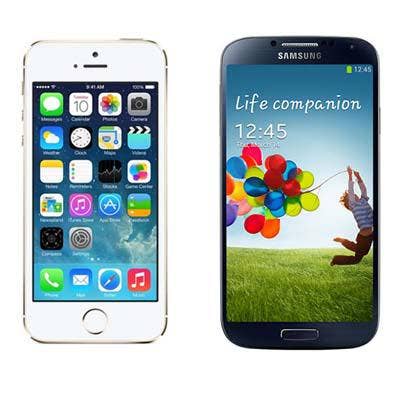
Smartphone Universe
Apple Tuesday unveiled the iPhone 5S, the successor to last fall's redesigned iPhone 5 with features and enhancements unique in the smartphone universe. With an all-new operating system and a central processor that it claims is 40 times more powerful, Apple has evened the playing field it shares with the Samsung Galaxy S4. Here's a look at new features in Apple's iPhone 5S and how they compare with Samsung's Galaxy S4.
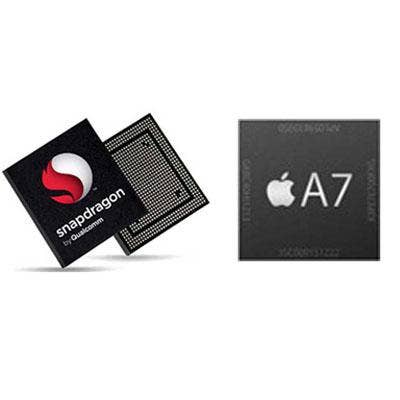
CPU And GPU
Apple's 64-bit A7 system-on-chip is a smartphone industry first. The A7 contains two 64-bit application cores with matching pairs of general-purpose registers and floating point registers. Built on a 102mm die, it contains more than a billion transistors and a modern instruction set. A7 also can run 32-bit apps, says Apple, and requires no changes to existing iOS apps (more on iOS and its apps later). According to the company, A7 delivers a 40x CPU performance improvement and up to 56x graphics improvement over the original iPhone and about twice that of iPhone 5.. Also built into iPhone 5S is the M7, a dedicated motion processor that continually measures data coming from the accelerometer, gyro and compass to enable a "new generation of health and fitness apps." It's accessed using Apple's new CoreMotion API. Galaxy S4's <a data-cke-saved-href="http://www.qualcomm.com/media/documents/qualcomm-snapdragon-600-product-brief" href="http://www.qualcomm.com/media/documents/qualcomm-snapdragon-600-product-brief" target="_blank>Qualcomm Snapdragon 600 contains four 32-bit ARMv7 cores running at 1.9 GHz (Apple didn't release A7's clock rate). For graphics, Snapdragon has an Adreno 320 optimized for HTML5 and 3-D software. Galaxy adds probes for temperature, humidity and barometric pressure that can be used by health apps.
{C}
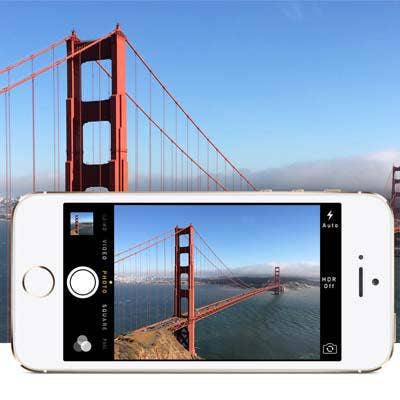
Camera And Software
The iPhone 5S camera contains the same 8 megapixels as in the iPhone 5, but at 1.5 microns, the iPhone 5S's pixels are bigger. And, size matters, according to Phil Schiller, Apple's SVP of worldwide marketing. "Bigger pixels make a better picture," he said at the announcement. Leave it to Apple to change the conversation. Samsung doesn't (yet) publish the size of its pixels, but the 13-megapixel camera in Galaxy S4 delivers amazing pictures. Apple talked up its five-element lens with F2.2 aperture and a 15 percent larger sensor surface area (presumably to hold all those enormous pixels). iPhone 5S' camera software reportedly delivers image stabilization (as does Samsung) and a 10 fps burst mode. Samsung has a similar feature called Drama Shot, which captures up to 100 frames in a short burst. Apple now offers what it calls True Tone flash, which measures ambient light temperature and selects the right balance between its two flash LEDs: cool white and warm amber. And, its main camera also can shoot 720p video at 120 fps for high-resolution slow-motion playback. Samsung counters with a time-lapse feature that captures at speeds between one-half and one-eighth normal.
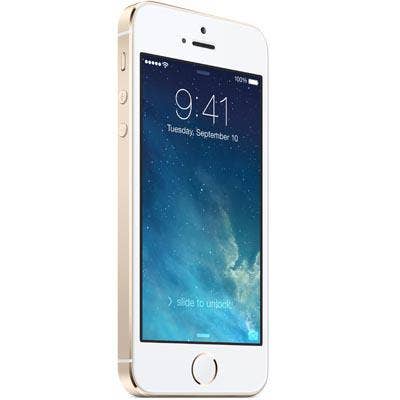
Security
There's a fingerprint scanner in the iPhone 5S, and it's hiding under the home button. While iOS provides a numeric entry gate in front of each iPhone, Apple' says only about half the people bother using it. So, the iPhone 5S implements Touch ID, a fingerprint sensor below the home key that's activated by a stainless steel detection ring surrounding the button. Inside is a thin capacitive sensor that scans at 500 pixels per inch to recognize the signature print regardless of orientation. The sensor is covered by a sapphire crystal that's impervious to scratches, and according to Apple, prints are encrypted, stored locally and never uploaded or accessible by other apps. Android provides screen-lock security through a pattern that's dragged in a grid, numerical PIN or password. For Galaxy S4, Samsung adds facial recognition and KNOX, a kernel-level security solution with boot protection.
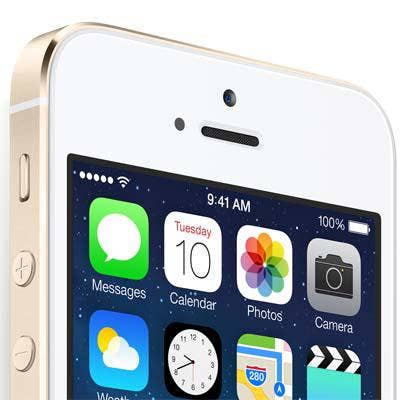
Operating System
Apple's iPhone 5S runs iOS 7, a 64-bit version of Apple's mobile operating system built for its new 64-bit SoC. It includes a native 64-bit kernel as well as 64-bit versions of all libraries and drivers. What's more, Apple has re-engineered all of the apps included with iPhone 5S so they too run natively on 64-bit iOS 7. In the meantime, Apple ensures a "seamless developer transition" with the ability to run 32-bit apps on its 64-bit OS and is publishing guidance for compiling 64-bit code using XCode. As revealed at WWDC in June, Apple also is moving iOS toward multitasking, something that Samsung has been doing for more than a year.
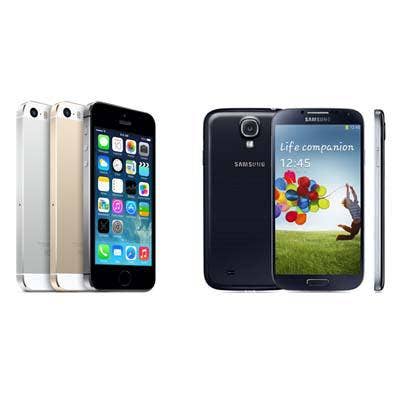
The Bottom Line
Always the innovator, Apple has set new minimums for smartphone processors and device security, and it's changed the conversation for sensor sensitivity. The company on Sept. 20 will begin taking orders for iPhone 5S, which is available in grey, silver or gold starting at $199 with 16 GB and a two-year contract. Samsung and most carriers sell the Galaxy S4 for $199 with 16 GB and a two-year contract.
Incidentally, Apple this Friday will begin taking orders for iPhone 5C, its colorful new plastic-shelled phone that starts at $99 for 16 GB. An 8-GB iPhone 4S now can be had directly from Apple for free with a two-year contract.